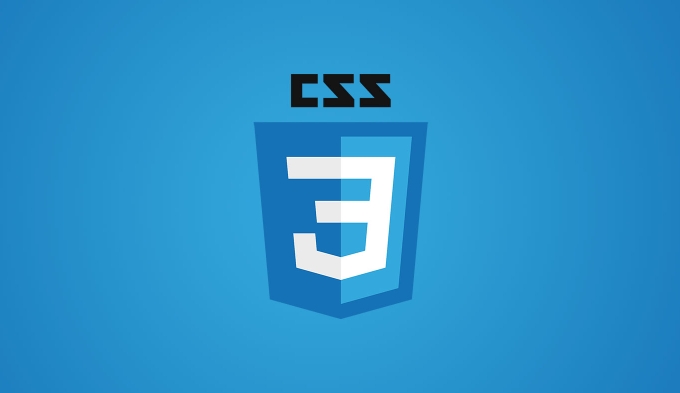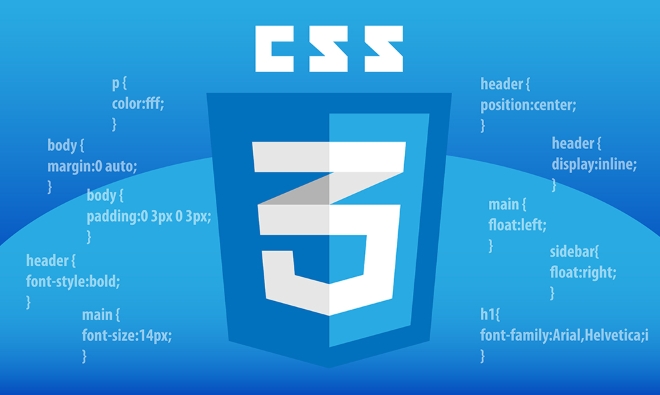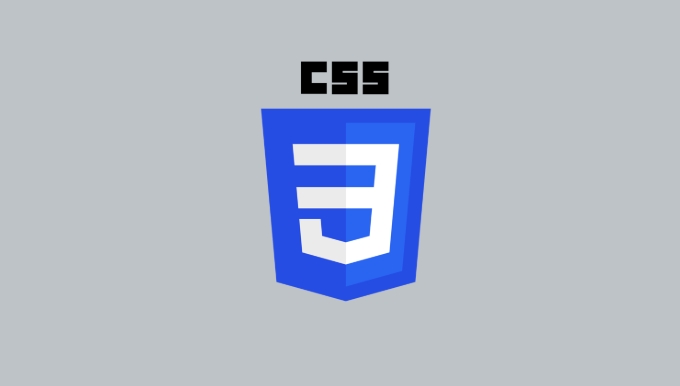will-change is a tool that prompts that some elements of the browser may change, but is not a performance magic wand. The following points should be followed when using: 1. Use only when expected to change frequently or complexly, such as transform, opacity or filter; 2. Add before the animation starts and remove after it ends; 3. Avoid global or premature application; 4. It should not be abused or retained for a long time; 5. Use performance debugging tools to judge the effect. Use correctly to optimize rendering, while using incorrectly can lead to performance degradation.

If you're trying to give the browser a heads-up about elements that might change, will-change can be a useful tool. But it's not a magic performance booster — it's more like a polite suggestion to the browser, not a command. Use it wisely, or it could actually hurt performance instead of helping.

What will-change Actually Does
The will-change property tells the browser that an element is expected to change in some way, so the browser may choose to optimize how it renders and composites that element ahead of time.

For example:
.element {
will-change: transform, opacity;
}This doesn't animate the element or do anything visual by itself. It just hints to the browser that these properties are likely to change soon. The browser might then decide to create a new layer for this element, which can help with smoother animations later on.

But again — this doesn't guarantee better performance . If overused or used at the wrong time, it can cause unnecessary memory use and comppositor churn.
When to Use will-change
Use will-change only when you expect frequent or complex changes to certain properties — especially ones that benefit from hardware acceleration, like transform , opacity , or filter .
Good use cases include:
- Animating cards or UI components that slide in/out
- Hover effects that involve transitions on
transformoropacity - Scroll-driven animations where elements fade or scale
Don't apply it to every element. That's like waking up your whole team for a meeting when only one person needs to act — inefficient and annoying.
Also, avoid applying it too early. If you set will-change on page load for elements that won't animate until much later (if ever), you're holding onto resources for no reason.
A better approach:
- Add
will-changeright before the animation starts - Remove it after the animation ends
You can toggle it with JavaScript or CSS transitions.
Common Mistakes and How to Avoid Them
People often misuse will-change thinking it will magically speed things up. Here are a few common traps:
Applying it globally : Never do
* { will-change: all; }. This tells the browser to prepare everything for changes, which defeats the purpose of optimization.Overusing
will-change: transform: Just because something moves doesn't mean it needs this hint. Only add it if you notice jank during the animation and suspect layer creation is the issue.Leaving it on long after it's needed : Once the animation is done, remove it. Keeping layers around unecessarily uses extra GPU memory.
If you're debugging performance issues, consider using tools like Chrome DevTools' Performance tab to see layer creation and paint times. That helps determine whether will-change is helping or hurting.
A Few Practical Tips
Here are a few real-world tips when working with will-change :
- Use sparingly: Only apply it to elements that need it.
- Target specific properties: Don't use
will-change: all. - Clean up after yourself: Remove the property once the animation is complete.
- Combine with
translateZ(0)oropacity: 0.99: Sometimes those tricks also trigger layer creation, but they're older methods and less efficient thanwill-change.
If you're animating something simple like a button hover, you probably don't need it. But for larger transitions or scroll-triggered animations, it might help smooth things out.
Basically that's it.
The above is the detailed content of Using CSS `will-change` for performance hints. For more information, please follow other related articles on the PHP Chinese website!

Hot AI Tools

Undress AI Tool
Undress images for free

Undresser.AI Undress
AI-powered app for creating realistic nude photos

AI Clothes Remover
Online AI tool for removing clothes from photos.

Clothoff.io
AI clothes remover

Video Face Swap
Swap faces in any video effortlessly with our completely free AI face swap tool!

Hot Article

Hot Tools

Notepad++7.3.1
Easy-to-use and free code editor

SublimeText3 Chinese version
Chinese version, very easy to use

Zend Studio 13.0.1
Powerful PHP integrated development environment

Dreamweaver CS6
Visual web development tools

SublimeText3 Mac version
God-level code editing software (SublimeText3)
 CSS tutorial for creating loading spinners and animations
Jul 07, 2025 am 12:07 AM
CSS tutorial for creating loading spinners and animations
Jul 07, 2025 am 12:07 AM
There are three ways to create a CSS loading rotator: 1. Use the basic rotator of borders to achieve simple animation through HTML and CSS; 2. Use a custom rotator of multiple points to achieve the jump effect through different delay times; 3. Add a rotator in the button and switch classes through JavaScript to display the loading status. Each approach emphasizes the importance of design details such as color, size, accessibility and performance optimization to enhance the user experience.
 Addressing CSS Browser Compatibility issues and prefixes
Jul 07, 2025 am 01:44 AM
Addressing CSS Browser Compatibility issues and prefixes
Jul 07, 2025 am 01:44 AM
To deal with CSS browser compatibility and prefix issues, you need to understand the differences in browser support and use vendor prefixes reasonably. 1. Understand common problems such as Flexbox and Grid support, position:sticky invalid, and animation performance is different; 2. Check CanIuse confirmation feature support status; 3. Correctly use -webkit-, -moz-, -ms-, -o- and other manufacturer prefixes; 4. It is recommended to use Autoprefixer to automatically add prefixes; 5. Install PostCSS and configure browserslist to specify the target browser; 6. Automatically handle compatibility during construction; 7. Modernizr detection features can be used for old projects; 8. No need to pursue consistency of all browsers,
 What is the difference between display: inline, display: block, and display: inline-block?
Jul 11, 2025 am 03:25 AM
What is the difference between display: inline, display: block, and display: inline-block?
Jul 11, 2025 am 03:25 AM
Themaindifferencesbetweendisplay:inline,block,andinline-blockinHTML/CSSarelayoutbehavior,spaceusage,andstylingcontrol.1.Inlineelementsflowwithtext,don’tstartonnewlines,ignorewidth/height,andonlyapplyhorizontalpadding/margins—idealforinlinetextstyling
 Styling visited links differently with CSS
Jul 11, 2025 am 03:26 AM
Styling visited links differently with CSS
Jul 11, 2025 am 03:26 AM
Setting the style of links you have visited can improve the user experience, especially in content-intensive websites to help users navigate better. 1. Use CSS's: visited pseudo-class to define the style of the visited link, such as color changes; 2. Note that the browser only allows modification of some attributes due to privacy restrictions; 3. The color selection should be coordinated with the overall style to avoid abruptness; 4. The mobile terminal may not display this effect, and it is recommended to combine it with other visual prompts such as icon auxiliary logos.
 Creating custom shapes with css clip-path
Jul 09, 2025 am 01:29 AM
Creating custom shapes with css clip-path
Jul 09, 2025 am 01:29 AM
Use the clip-path attribute of CSS to crop elements into custom shapes, such as triangles, circular notches, polygons, etc., without relying on pictures or SVGs. Its advantages include: 1. Supports a variety of basic shapes such as circle, ellipse, polygon, etc.; 2. Responsive adjustment and adaptable to mobile terminals; 3. Easy to animation, and can be combined with hover or JavaScript to achieve dynamic effects; 4. It does not affect the layout flow, and only crops the display area. Common usages are such as circular clip-path:circle (50pxatcenter) and triangle clip-path:polygon (50%0%, 100 0%, 0 0%). Notice
 How to create responsive images using CSS?
Jul 15, 2025 am 01:10 AM
How to create responsive images using CSS?
Jul 15, 2025 am 01:10 AM
To create responsive images using CSS, it can be mainly achieved through the following methods: 1. Use max-width:100% and height:auto to allow the image to adapt to the container width while maintaining the proportion; 2. Use HTML's srcset and sizes attributes to intelligently load the image sources adapted to different screens; 3. Use object-fit and object-position to control image cropping and focus display. Together, these methods ensure that the images are presented clearly and beautifully on different devices.
 What are common CSS browser inconsistencies?
Jul 26, 2025 am 07:04 AM
What are common CSS browser inconsistencies?
Jul 26, 2025 am 07:04 AM
Different browsers have differences in CSS parsing, resulting in inconsistent display effects, mainly including the default style difference, box model calculation method, Flexbox and Grid layout support level, and inconsistent behavior of certain CSS attributes. 1. The default style processing is inconsistent. The solution is to use CSSReset or Normalize.css to unify the initial style; 2. The box model calculation method of the old version of IE is different. It is recommended to use box-sizing:border-box in a unified manner; 3. Flexbox and Grid perform differently in edge cases or in old versions. More tests and use Autoprefixer; 4. Some CSS attribute behaviors are inconsistent. CanIuse must be consulted and downgraded.
 Demystifying CSS Units: px, em, rem, vw, vh comparisons
Jul 08, 2025 am 02:16 AM
Demystifying CSS Units: px, em, rem, vw, vh comparisons
Jul 08, 2025 am 02:16 AM
The choice of CSS units depends on design requirements and responsive requirements. 1.px is used for fixed size, suitable for precise control but lack of elasticity; 2.em is a relative unit, which is easily caused by the influence of the parent element, while rem is more stable based on the root element and is suitable for global scaling; 3.vw/vh is based on the viewport size, suitable for responsive design, but attention should be paid to the performance under extreme screens; 4. When choosing, it should be determined based on whether responsive adjustments, element hierarchy relationships and viewport dependence. Reasonable use can improve layout flexibility and maintenance.






